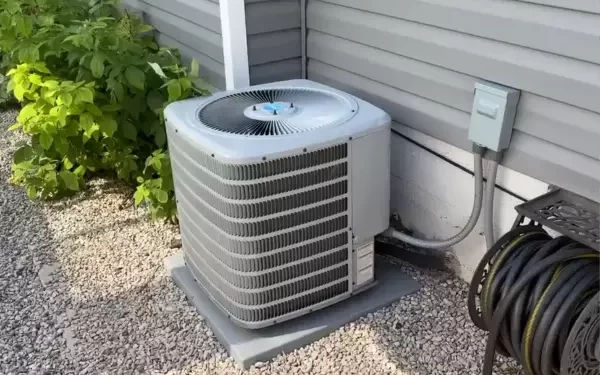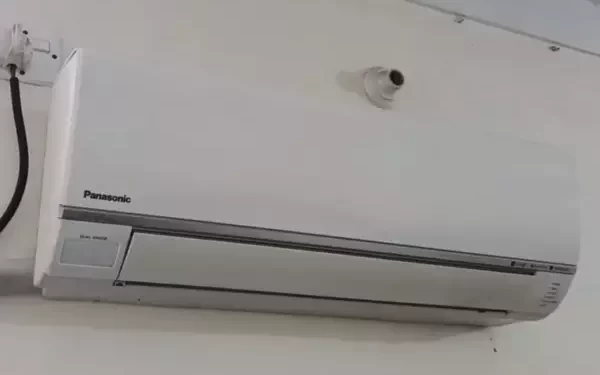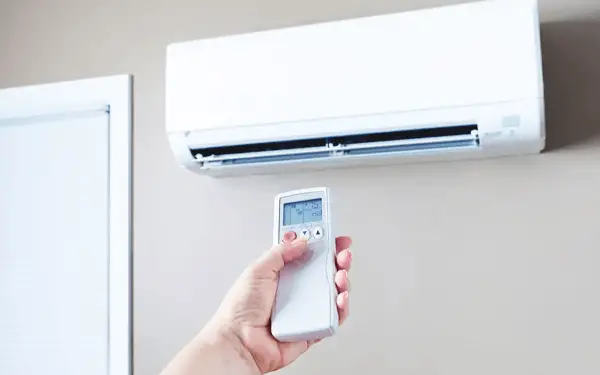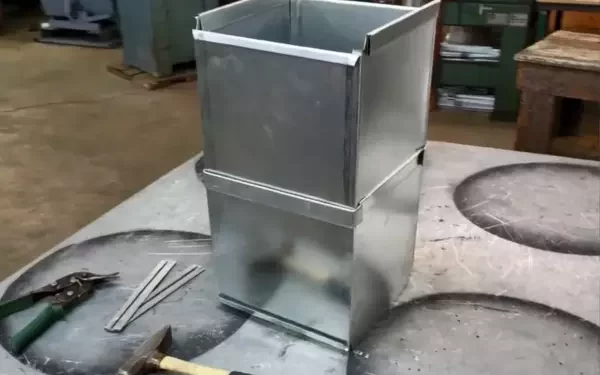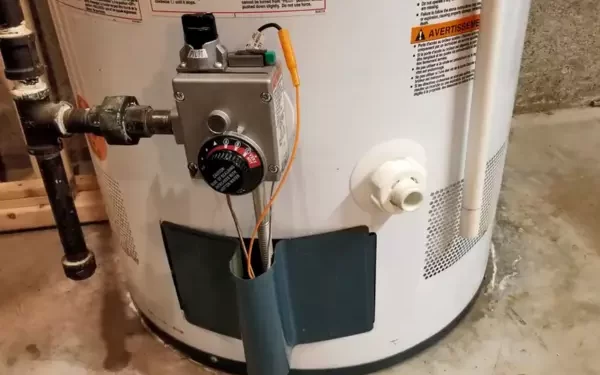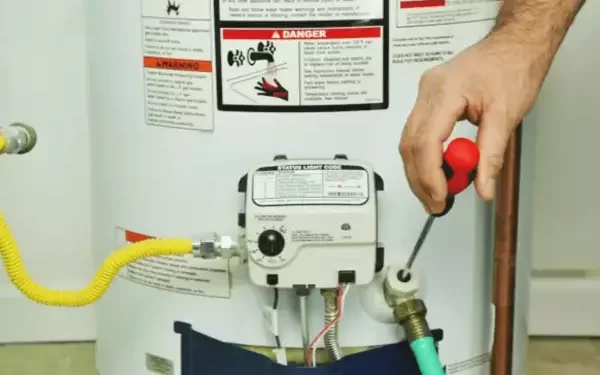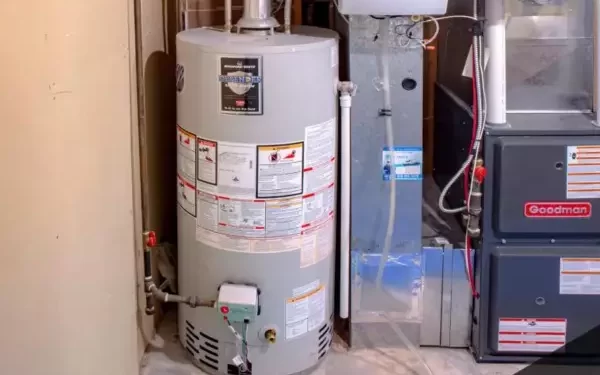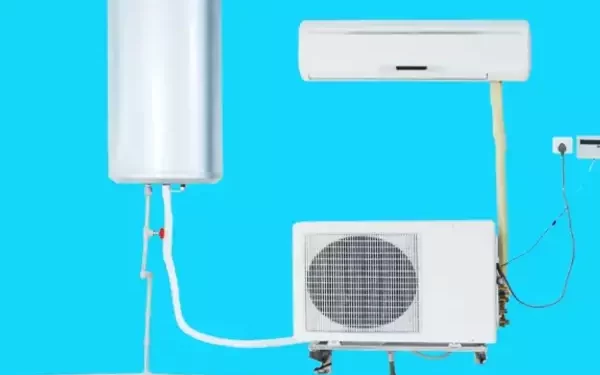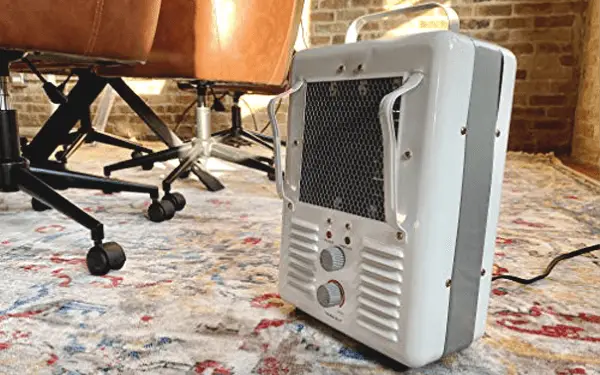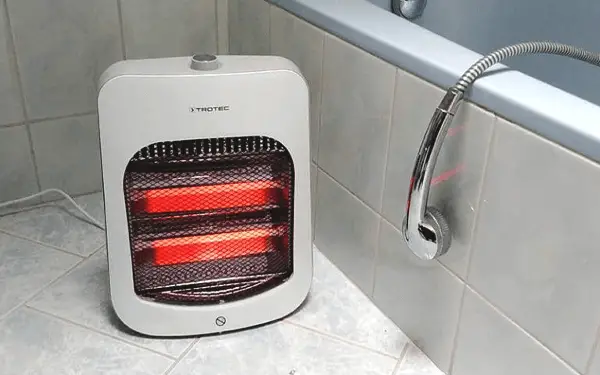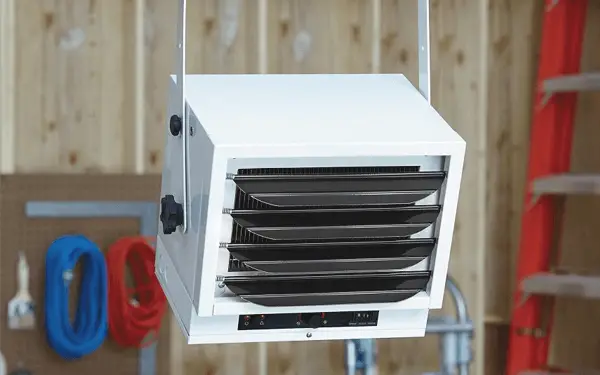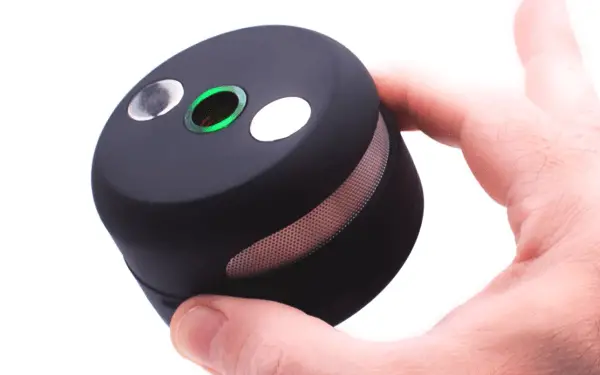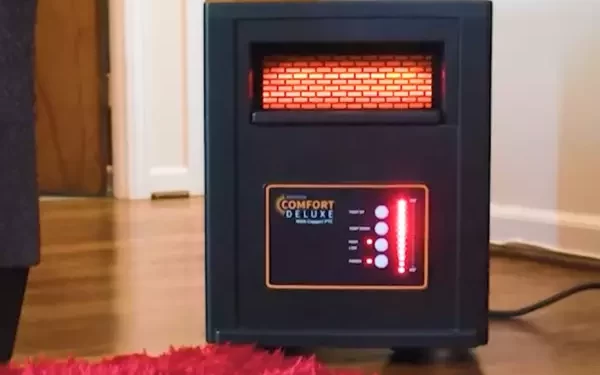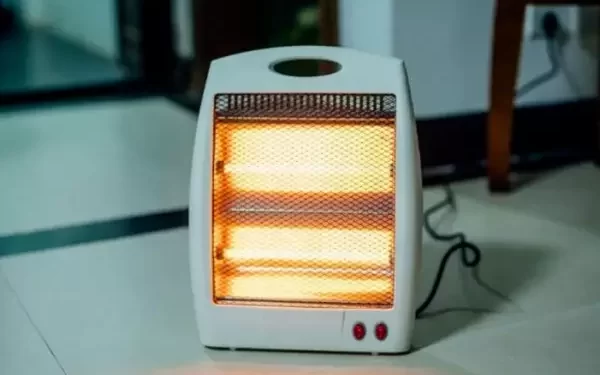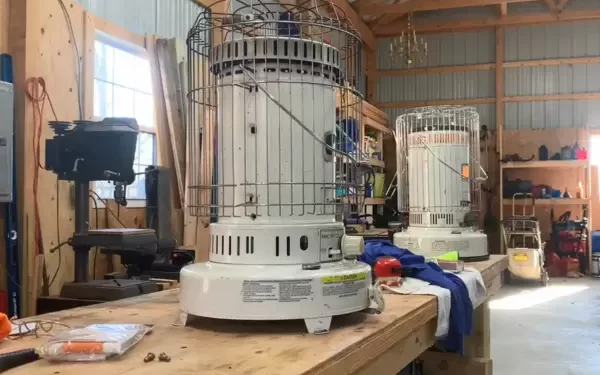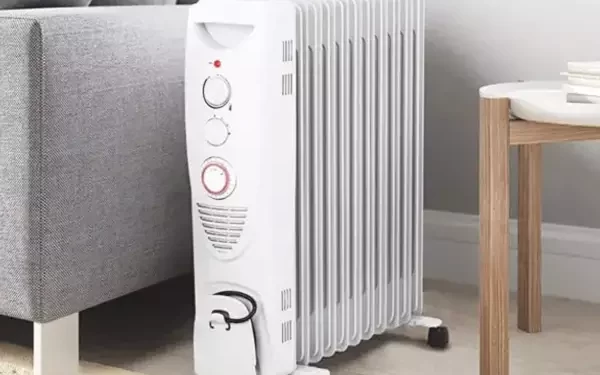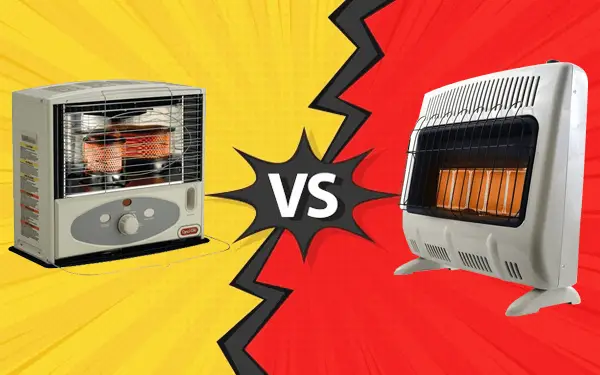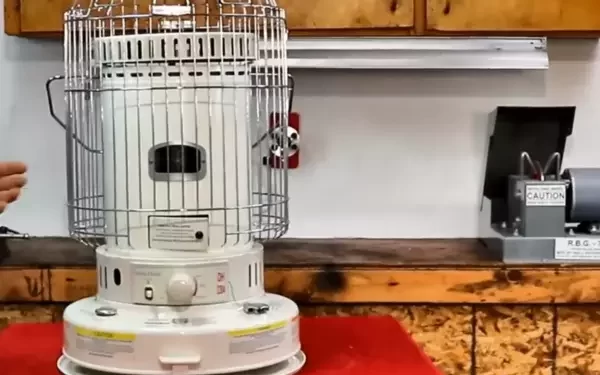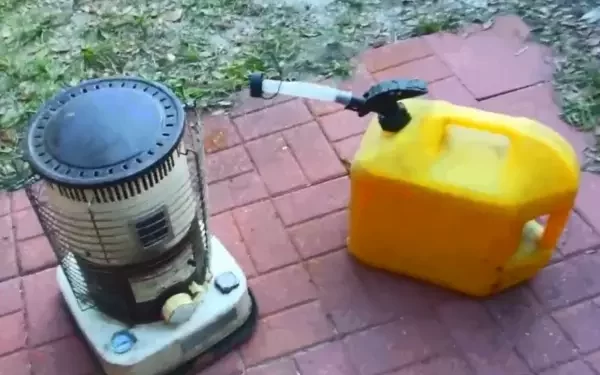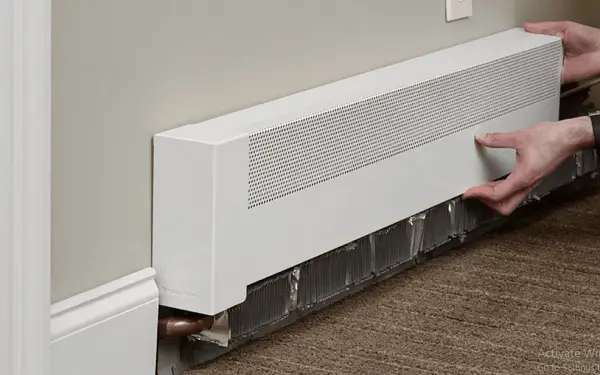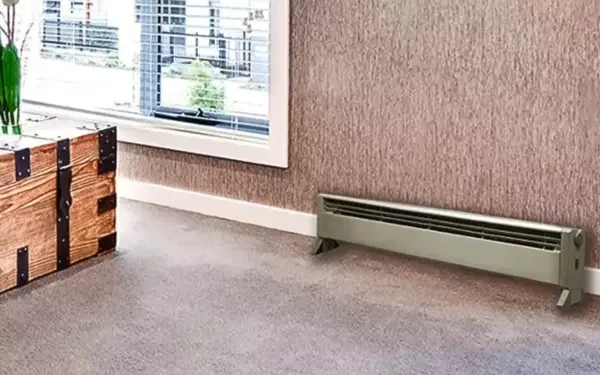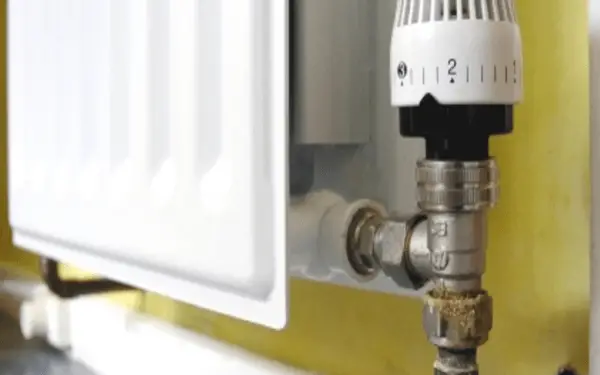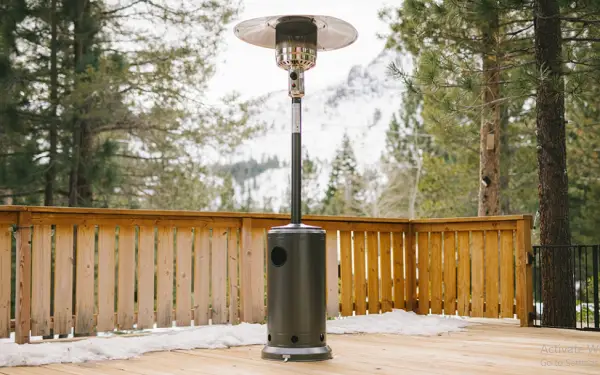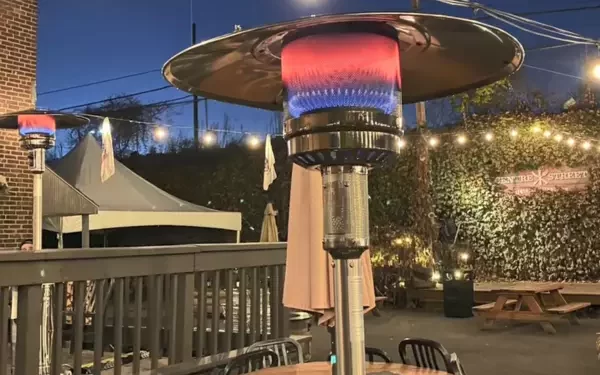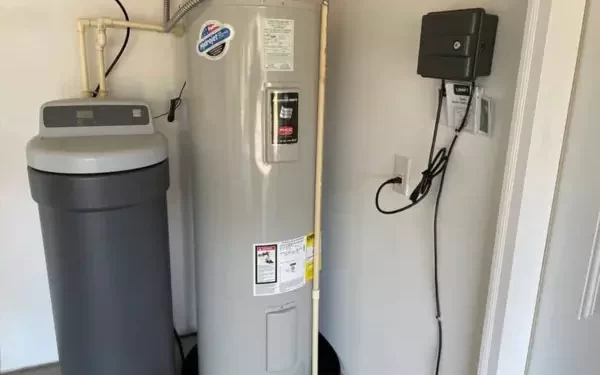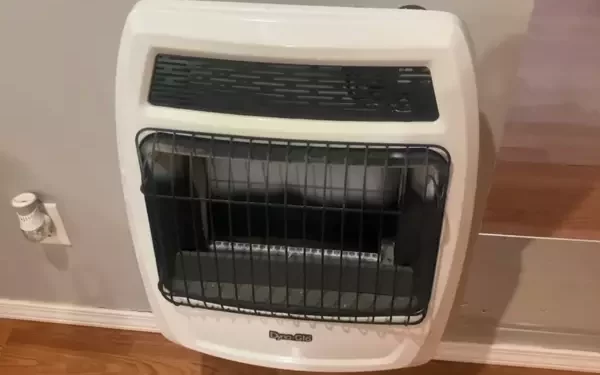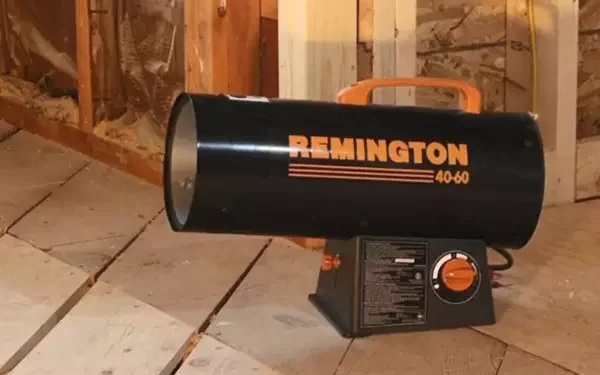Air Conditioner
When to Use Dehumidifier With Air Conditioner?
Our comfort at home is heavily influenced by the quality and condition of the air we breathe. Two appliances often play vital roles in this:…
Window Unit Air Conditioner Vent Open or Closed?
Air conditioning plays an integral role in maintaining comfort in our living spaces. Window unit air conditioners have become a popular choice due to their…
Why Is My Air Conditioner Running Outside but Not Inside?
Air conditioning plays a critical role in providing comfort inside our homes, particularly during the sweltering summer months. One common issue homeowners face is the…
Is Water Leaking From Air Conditioner Dangerous?
Air conditioning systems are vital components of our homes, providing much-needed cooling during hot seasons. At times, you may notice water leaking from your air…
How Many Amps Does An Air Conditioner Use?
Air conditioners are integral to the modern household, especially during the blistering heat of the summer season. They not only provide comfort by reducing the…
Air Conditioner Starts Then Stops After Only A Few Seconds
Picture a hot summer day. You’re seeking solace in the cool embrace of your air conditioner, only to find it starting and stopping after only…
Water Heater
Duct Repair or Replacement
Air ducts serve as the backbone of any HVAC system, ensuring efficient air circulation within homes and buildings. However, over time, they can develop various…
Water Heater Piezo Ggniter Won’t Spark
When it comes to the home’s comfort, a hot water heater plays a crucial role. A key component of this system is the piezo igniter,…
How to Light a Water Heater with Electronic Pilot?
Water heaters serve a crucial role in modern homes, providing hot water for various needs. Among the many types of water heaters, those with electronic…
Can You Transport Water Heater on Its Side?
The act of moving water heaters may seem like a mundane task, yet it is embedded with intricate details that if overlooked, can lead to…
Does Water Heater Affect Air Conditioner?
In the realm of home comfort, two essential appliances reign supreme: the water heater and the air conditioner. Both are integral components of the Heating,…
How Long Hot Water Heater Will Stay Hot Without Power
The availability of hot water has become an everyday luxury. Central to this comfort is the water heater, tirelessly working behind the scenes. Without its…
Space Heater
Top 5 Best Milkhouse Heater
A reliable heater must come with a few distinguished features. Keeping this in mind, You can go with the Milkhouse heaters. But why? No frills,…
Top 5 Best Small Heater for Bathroom
Winter is here, and it gets chilly or ice-cold in the morning in your bathroom. That’s why you are looking to find a nice way…
Best Space Heater For Uninsulated Garage
A garage is a central place for DIYers or professionals to perform any woodworking workflows or repairing their fav car. Even on the cold winter…
Why The Ufo Induction Heater is the Best Heating Solution For You
If you’re looking for an energy-efficient heating solution for your home, you may have considered installing a standard space heater. However, these appliances can pose…
How To Use A Space Heater On Carpet?
Space heaters provide much-needed warmth during the frigid winter months, making them an indispensable part of many households. Despite their popularity, there are concerns surrounding…
How to Turn on Electric Heater in House?
Electric heaters offer a convenient and reliable method of heating up your home. They’re a popular choice among many homeowners due to their simplicity and…
Oil Heater
Why Is My Kerosene Heater Smoking Black?
A well-functioning kerosene heater can be a reliable source of heat, particularly during colder months. However, the experience can quickly turn worrisome if your heater…
Are Oil Heaters Safe to Leave on Overnight?
Oil heaters, a popular choice for space heating, have gained traction due to their cost-effectiveness and heat-retaining properties. These heaters, with their distinctive structure and…
Kerosene Heaters Vs Natural Gas
Kerosene and propane are the most common fuels used for heaters. While both are fuels, they have differences that set them apart. Propane is an…
How Long Can You Run a Kerosene Heater Indoors?
Kerosene heaters have been a topic of interest and concern for individuals who seek efficient and cost-effective heating solutions. These heaters are often employed in…
How Long Do Wicks Last
Light and heat are integral elements of our lives. An essential device that fulfills both requirements is the humble kerosene heater. A crucial part of…
Can You Use Diesel in a Kerosene Heater?
Kerosene heaters are a common sight in many homes, providing warmth and comfort during chilly winters. Fueling these heaters is typically done with kerosene, hence…
Baseboard Heater
Can You Paint Baseboard Heaters?
The aesthetics of a home environment often have a profound impact on one’s mood and productivity. Among the various components that contribute to the look…
How to Turn Off Baseboard Heater in One Room?
Baseboard heaters, often the unsung heroes in our homes, provide us warmth when the chilling winter air creeps in. But managing these heat providers becomes…
How to Bleed Baseboard Heat?
Baseboard heaters offer reliable warmth, especially during chilly seasons. These heating systems are often valued for their efficiency and silent operation. However, like all other…
How To Work Around Baseboard Heaters?
Baseboard heaters are a common feature in many homes and commercial spaces, offering an efficient and cost-effective heating solution. Yet, they can pose challenges when…
How to Hang Curtains Over Baseboard Heaters?
The beauty of interior decoration lies in the seamless integration of different elements. One such critical aspect is the marriage of functionality and aesthetics in…
Hot Water Baseboard Heater Not Working In One Room
Baseboard heaters are effective solutions for managing home temperature during chilly winters. Efficient and easy to use, these heating systems become crucial for maintaining a…
Gas Heater
Top 5 Best Forced Air Propane Heater
Forced air propane heaters are perfect to heat a large room within a short amount of time. It heats the air first, then starts heating…
Is The Member’s Mark Patio Heater Right for You?
What is a Patio Heater? A patio heater is a type of outdoor heater designed to keep your outdoor entertaining areas warm even when it’s…
How To Convert Propane Heater To Natural Gas?
Many homeowners are making a switch in their heating systems. From propane heaters, they are transitioning to natural gas. Propane and natural gas are popular…
How to Convert Natural Gas Water Heater to Propane?
The world of appliances is not as rigid as it appears. Sometimes, necessity or preference pushes us to make changes to our existing systems. One…
How to Turn On Gas Heater on Wall?
There’s nothing quite like the comfort of a warm room during a chilly season. For many homeowners and renters, gas wall heaters with electronic pilots…
Are Propane Heaters Safe In A Garage?
The world of garage heating solutions offers numerous choices. One of these is propane heaters, known for their efficiency and power. Heaters of this nature…



